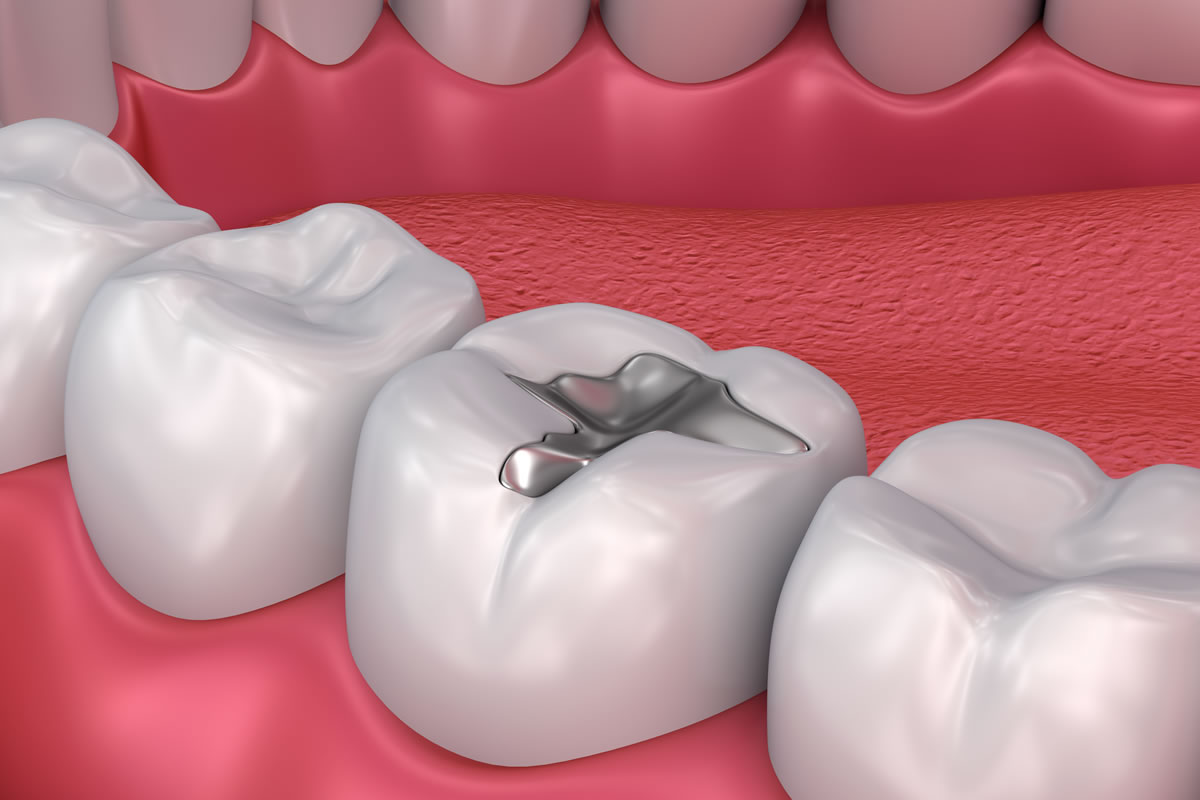Dental fillings are a common dental procedure designed to restore teeth affected by decay or damage. While the benefits of these fillings are undeniable, the recovery process can be a concern for many individuals. The discomfort, sensitivity, and potential post-procedure challenges can be daunting. However, with the right approach, you can significantly expedite the recovery process and minimize any associated discomfort. In this comprehensive guide, we will explore various strategies and tips to help you recover faster after your dental filling procedure.
What are Dental Fillings?
Dental fillings, also known as dental restorations, are materials used by dentists to repair and restore teeth that have been damaged by decay or trauma. The primary purpose of dental fillings is to fill cavities, holes, or cracks in teeth caused by factors such as tooth decay, wear, or fractures. The goal is to restore the tooth’s structure, function, and integrity.
Types of Dental Fillings
Amalgam Fillings: These are traditional silver-colored fillings made from a combination of metals, including mercury, silver, tin, and copper. Amalgam fillings are known for their durability and longevity.
Composite Fillings: These are tooth-colored fillings made from a mixture of plastic resin and glass or quartz particles. Composite fillings blend with the natural color of teeth, making them a popular choice for visible areas.
Ceramic Fillings: Also known as porcelain fillings, these are made from a porcelain material. They are aesthetically pleasing and can be a good option for front teeth.
Understanding the Recovery Process
Initial Hours Post-Procedure: The immediate aftermath of a dental fillings procedure involves a period of numbness induced by the local anesthesia administered during the treatment. This initial numbing sensation is a normal part of the process, ensuring you remain comfortable during and shortly after the procedure.
Post-Numbness Sensations: Following the initial numbness phase, you may begin to feel some discomfort or sensitivity around the treated tooth. This is a common occurrence and is usually managed well with over-the-counter pain relievers recommended by your dentist.
Monitoring and Communication: Persistent or escalating pain, swelling, or any discharge from the treated area should be immediately brought to the attention of your dentist. Timely communication with your dental care provider is paramount, as it allows for early intervention and resolution of any potential issues.
Recovery Tips & Tricks after Dental Fillings
Pain Management
Effective pain management is a key aspect of a swift recovery. Over-the-counter pain relievers, as recommended by your dentist, can be beneficial during the first few days. Ensure you follow the prescribed dosage to avoid complications.
Oral Hygiene Post-Fillings
Maintaining good oral hygiene is paramount for a speedy recovery. While you should continue brushing your teeth, it’s essential to do so gently around the filled tooth. Use a soft-bristled toothbrush to avoid irritation, and consider a non-alcoholic, fluoride-based mouthwash to keep your mouth clean without causing discomfort.
Dietary Considerations
Your diet plays a significant role in the recovery process. Opt for softer foods initially to avoid putting excessive pressure on the filled tooth. Include a variety of nutrient-rich foods to support overall health and aid in the healing process.
Stay Hydrated
Proper hydration is often overlooked but can greatly contribute to the recovery process. Water helps flush out toxins from your body and keeps your mouth moist, reducing the risk of infection.
Avoid Extreme Temperatures
During the initial days post-filling, it’s advisable to avoid extremely hot or cold foods and beverages. Extreme temperatures can trigger sensitivity and discomfort. Opt for lukewarm or room-temperature items to minimize irritation.
Follow Post-Procedure Guidelines
Your dentist will provide specific post-procedure guidelines. These may include restrictions on certain activities or recommendations for additional care. Adhering to these guidelines is crucial for a smooth recovery.
The dental filling procedure doesn’t have to be synonymous with a lengthy and uncomfortable recovery. By incorporating these strategies into your post-procedure routine, you can significantly enhance the healing process. From effective pain management to mindful dietary choices, each step plays a vital role in ensuring a speedy and uneventful recovery. Remember, communication with your dentist is key, and any concerns or questions about your recovery should be addressed promptly. Follow these guidelines, and you’ll be flashing your post-filling smile in no time.




